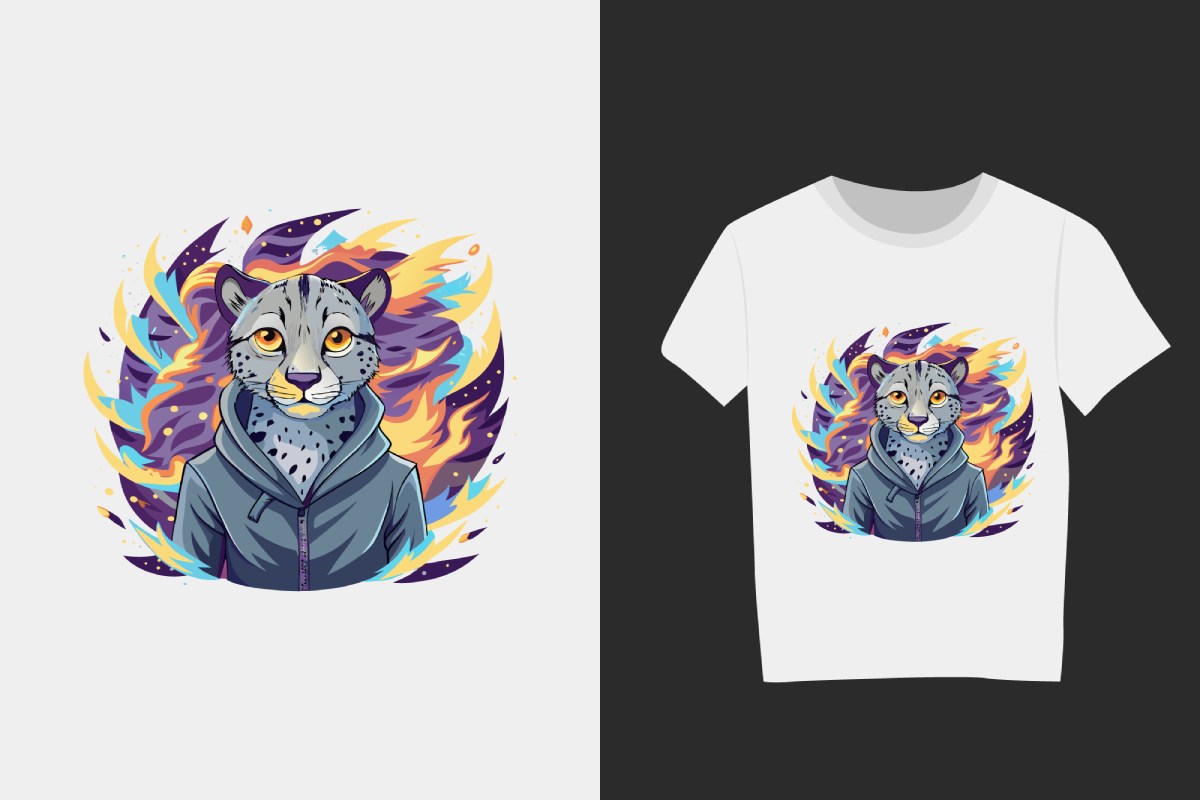
DTF Transfer: New Opportunities in Textiles
Customization and Small-Batch Production
DTF transfer technology is revolutionizing the textile industry by offering innovative and cost-effective solutions for fabric printing. This method provides businesses with new opportunities to expand product offerings, enhance customization, and improve efficiency. As demand for high-quality, versatile textile prints grows, DTF transfer is becoming a preferred choice for designers and manufacturers.
One of the most significant advantages of DTF transfer is its ability to support custom and small-batch production. Unlike traditional methods that require large print runs, DTF transfer enables businesses to create unique, one-of-a-kind designs without high setup costs. This flexibility is particularly beneficial for boutique fashion brands and personalized apparel businesses.
Expanding Textile Applications
With DTF transfer, businesses can print on a wide range of textiles, including cotton, polyester, blends, and even leather. This expands opportunities beyond traditional garment printing, allowing for customization of home textiles, promotional items, and accessories. The ability to print on various materials gives businesses a competitive edge in the industry.
Cost-Effective Alternative to Traditional Printing
Compared to screen printing or direct-to-garment (DTG) methods, DTF transfer is more affordable and scalable. It eliminates the need for expensive setup fees and reduces material waste. This makes it an excellent option for both startups and established businesses looking to optimize production costs.
High-Quality and Durable Prints
Durability is a key factor in textile printing, and DTF transfer excels in this aspect. The prints are resistant to cracking, fading, and peeling, ensuring long-lasting results even after multiple washes. This makes it a reliable choice for fashion brands and corporate apparel suppliers.
Eco-Friendly Printing Solution
As sustainability becomes a priority in the textile industry, DTF transfer presents an eco-friendly alternative. The process consumes less water, reduces chemical waste, and eliminates the need for fabric pretreatment. This makes it an attractive option for environmentally conscious brands.
On-Demand Production for E-Commerce
The rise of e-commerce has increased the demand for on-demand printing, and DTF transfer meets this need effectively. Online stores can produce custom designs without holding large inventories, reducing financial risks and storage costs. This model allows businesses to adapt quickly to changing trends.
Conclusion
DTF transfer opens up new possibilities in the textile industry by enabling customization, cost-efficiency, and high-quality production. Its ability to print on diverse materials, support sustainable practices, and cater to on-demand markets makes it a valuable asset for businesses looking to stay ahead in the competitive textile market.
FAQ
- What makes DTF transfer different from traditional textile printing?
- DTF transfer allows for full-color, detailed prints on various fabrics without the need for pretreatment.
- Can DTF transfer be used for small-batch production?
- Yes, it is perfect for custom, small-batch, and on-demand printing with minimal setup costs.
- Is DTF transfer suitable for all fabric types?
- Yes, DTF transfer works on cotton, polyester, blends, and even leather.
- How does DTF transfer benefit e-commerce businesses?
- It enables on-demand printing, reducing inventory costs and allowing businesses to offer custom designs.
- What are the durability benefits of DTF transfer?
- Prints remain vibrant and resistant to cracking, peeling, and fading even after multiple washes.
- Is DTF transfer an eco-friendly printing method?
- Yes, it reduces water and chemical waste compared to traditional fabric printing methods.
- How does DTF transfer help businesses cut costs?
- It eliminates setup fees, reduces material waste, and provides a more affordable alternative to screen printing.
- Can DTF transfer be used for corporate branding?
- Yes, it is ideal for promotional merchandise, uniforms, and branded apparel.
- What type of printer is required for DTF transfer?
- A specialized DTF printer that supports pigment inks and transfer films is required.
- How long does a DTF transfer print last?
- With proper care, DTF transfer prints can last for years without losing their vibrancy.